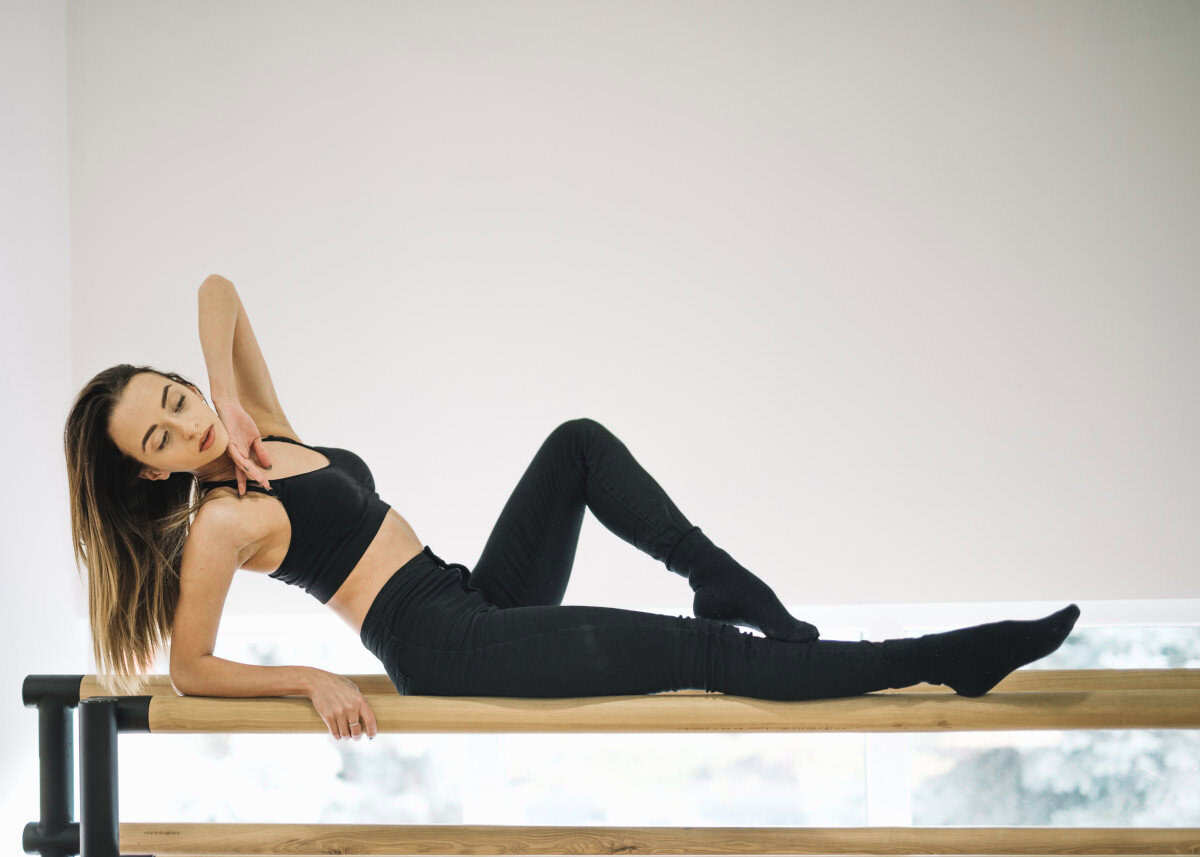Introduction
Pilates and yoga are two popular forms of exercise that offer numerous physical and mental health benefits. While both practices focus on building strength, flexibility, and mindfulness, they differ in techniques, principles, and outcomes. This article explores the key differences between Pilates and yoga, along with their unique benefits, helping you decide which practice best suits your fitness goals and lifestyle.
1. Origins and Philosophy:
- Yoga: Yoga is an ancient practice that originated in India over 5,000 years ago. It encompasses physical postures (asanas), breath control (pranayama), and meditation. The philosophy of yoga emphasizes the union of mind, body, and spirit, aiming for holistic well-being and self-awareness.
- Pilates: Pilates was developed by Joseph Pilates in the early 20th century. It focuses on controlled movements, core strength, and overall body conditioning. Pilates is rooted in principles of physical fitness and rehabilitation, emphasizing precision, control, and alignment.
2. Key Differences in Practice:
- Movement and Flow:
- Yoga typically involves a series of flowing poses held for varying durations, promoting flexibility and relaxation. Styles like Vinyasa flow smoothly from one pose to another, while Hatha yoga focuses on holding poses longer for deeper stretches.
- Pilates consists of precise, controlled movements often performed on a mat or using specialized equipment like the Reformer. It emphasizes core stability, controlled breathing, and small, repetitive movements.
- Breathing Techniques:
- In yoga, breath control (pranayama) is integral, with specific techniques used to enhance poses and meditation. Breathing patterns can vary depending on the yoga style.
- Pilates uses a technique called lateral breathing, where breath is directed into the sides of the ribs while maintaining core engagement. This supports stability and movement control.
- Focus Areas:
- Yoga aims for overall balance and harmony, targeting flexibility, strength, and mental clarity. It often includes meditation and mindfulness practices.
- Pilates primarily targets the core muscles, including the abdomen, lower back, hips, and buttocks. It aims to build strength, improve posture, and enhance muscular endurance.
3. Benefits of Yoga:
- Flexibility and Mobility: Yoga improves flexibility and range of motion through dynamic and static stretching.
- Stress Reduction: The meditative aspects of yoga help reduce stress, anxiety, and promote mental clarity and relaxation.
- Balance and Coordination: Yoga poses enhance balance and coordination, which are beneficial for overall stability and injury prevention.
- Mind-Body Connection: Yoga fosters a deep mind-body connection, promoting awareness, mindfulness, and spiritual growth.
- Core Strength: Pilates is renowned for building strong core muscles, which support good posture, balance, and overall strength.
- Injury Prevention and Rehabilitation: The controlled movements and emphasis on alignment make Pilates effective for injury prevention and rehabilitation.
- Improved Posture: Pilates focuses on proper alignment and muscle engagement, which can lead to better posture and reduced back pain.
- Full-Body Conditioning: Pilates provides a full-body workout, enhancing strength, flexibility, and endurance without adding bulk.
5. Choosing Between Pilates and Yoga:
- Personal Goals: Consider your fitness goals. If you aim to improve flexibility, reduce stress, and explore mindfulness, yoga may be the right choice. If your focus is on core strength, posture, and controlled movement, Pilates might be more suitable.
- Health Considerations: Both practices can be adapted for different fitness levels and health conditions. Consult with a healthcare provider or instructor to determine which practice best aligns with your physical needs and limitations.
- Variety and Preference: Many people enjoy incorporating both Pilates and yoga into their fitness routine to experience the unique benefits of each practice.
Conclusion
Pilates and yoga each offer distinct benefits that cater to various fitness goals and lifestyles. Whether you choose the mindful flow of yoga or the precision and core focus of Pilates, both practices can enhance your physical and mental well-being. Experiment with both to discover which practice resonates with you, or integrate elements of each into your routine for a balanced and holistic approach to health and fitness.
Discover more from Pilates All Ages
Subscribe to get the latest posts sent to your email.
